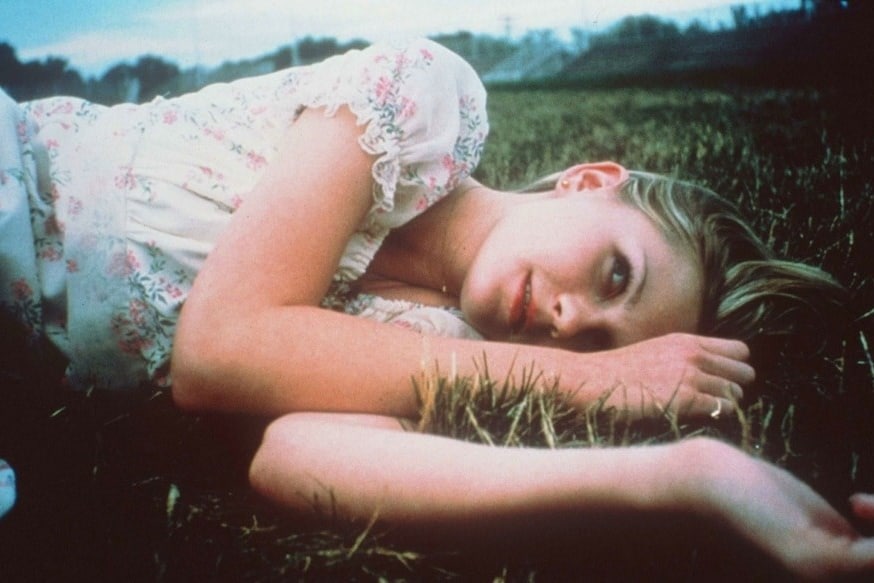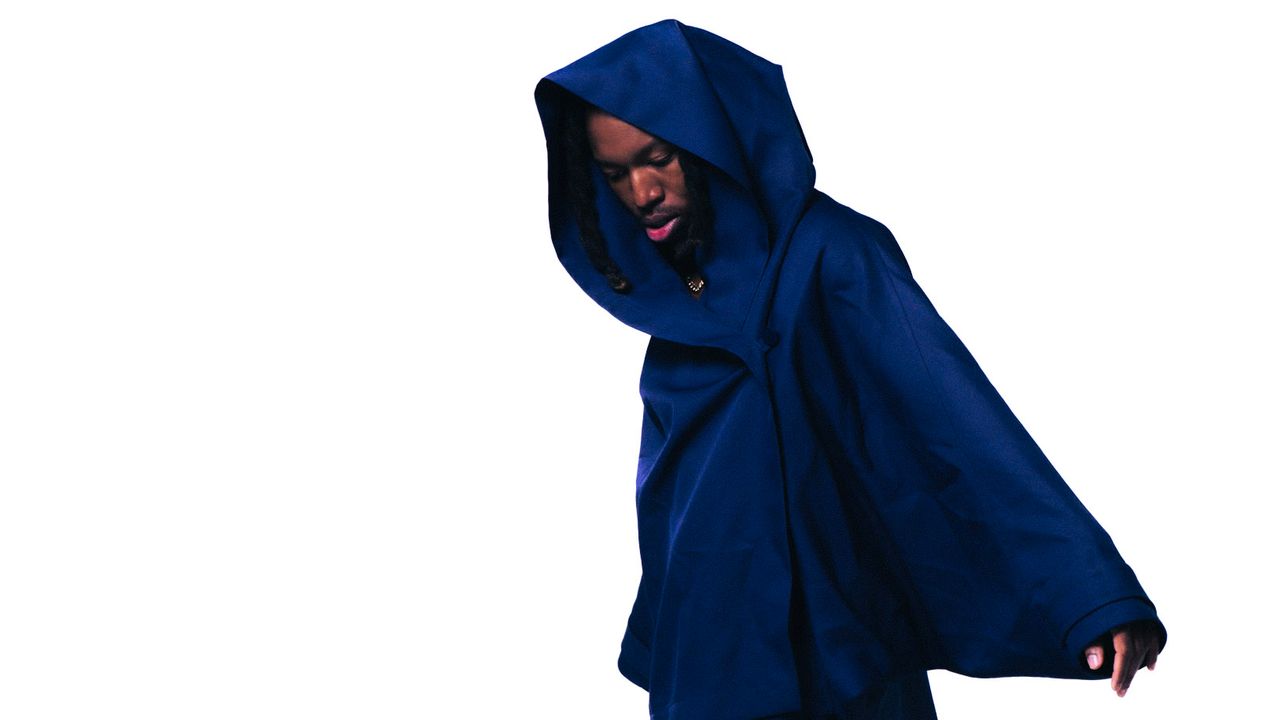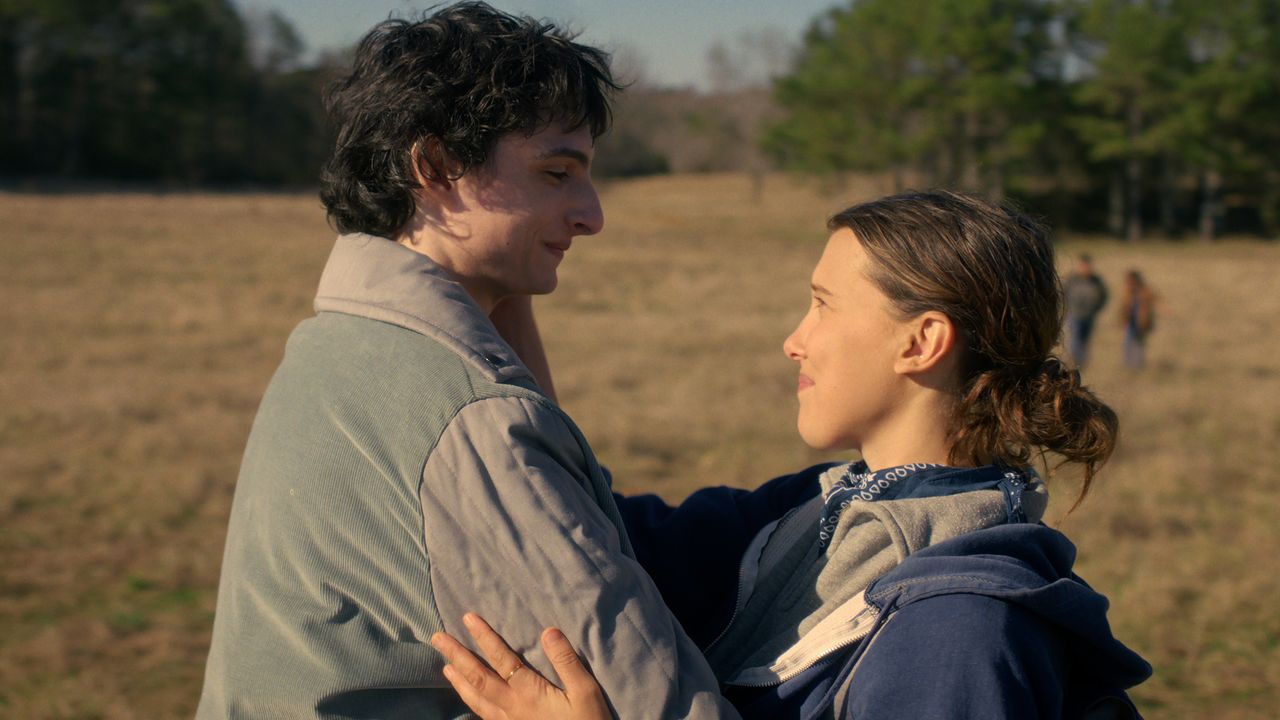Rejection has always been one of the tougher inevitabilities of the human experience. But today, the modern world beats our egos black and blue: there are fewer graduate jobs to go round, meaning competition for good roles is stiffer; apps like Tinder and Hinge have expanded our dating pools and simultaneously opened us up to rejection from people we will never even meet; and while instant messaging technology has made it easier than ever to reach out to people, it’s also made getting ‘left on read’ a common occurrence. With rejection following us everywhere we turn, how can our brains cope?
Perceived rejection sends our minds into chaos. Thanks to our survival instincts, we’re biologically averse to it, while studies have found that it activates the same regions in the brain as physical pain. “Our physical, emotional response is really immediate. We get a release of cortisol – the stress hormone – and our pain system is activated,” explains Tila Pronk, an associate psychology professor at Tilburg University. “We are group animals, so at the moment that we are rejected, there’s this panic button being pushed in our brain. We are getting a very clear signal that we are not included, and that is threatening our need to belong.”
In the modern world, we’re experiencing this process more regularly. This is largely down to technology and the seemingly endless options afforded to us – be it eligible singles to match with on Hinge, friends to reach out to on Instagram, or potential jobs to apply to on LinkedIn. And although we’ve been conditioned to believe that more options will result in an optimised final result, Prink says that too much choice actually incites pessimism and indecisiveness and leaves us less satisfied with the choices we do make. She also says that because the chances of actually meeting someone from a dating app in real life are slim, our high expectations make disappointment inevitable. Rejection, then, is a foregone conclusion.
Plus, for the first time in history, it’s not just humans who are doing the rejecting. In 2025, apps’ algorithms are busy pigeonholing us behind the scenes. Often, these algorithms – far from being ‘objective’ – reflect biases and prejudices that exist in the real world, meaning that often marginalised people are grappling with more rejection than others. “I feel like maybe it’s the apps themselves that are rejecting me, because I don’t like what I’m seeing: either in my likes section, or in the app’s feed itself,” says Ife, a 27-year-old single woman, of Hinge. “I just feel like I’m not even able to access what I’m looking for and that is really painful.”
Our brains have not evolved to handle this constant stream of social feedback
It’s not just romantic rejection that we’re wrestling with. With an oversaturated workforce and jobs being posted on networking sites for the eyes of anyone with an internet connection, young people are also being turned down for work at alarming rates. According to Angel, a 27-year-old creative based in London, “the over-reliance on algorithms in the hiring process has really had a negative impact on recruiters actually looking at your CV and portfolios”, leading to “a vicious cycle of attempting to apply for job posts that actually lead to nowhere.”
This scale of rejection is a far cry from what we faced in prehistoric times, when pre-humans lived in communities of 30 to 40 people, says Dr Mark Leary, a professor of neuroscience and psychology at Duke University. “Our brains are hard-wired to respond to rejection, but only with respect to a relatively small group, in which instances of rejection were presumably rare,” he says. “But today, people in modern societies deal with hundreds of people — at school, at work, in their neighbourhoods, on the street, and, most recently, online — many of whom provide implicit or explicit negative evaluations or rejection. Our brains have not evolved to handle this constant stream of social feedback.”
Humans respond to this feedback in various ways. In an ideal case, our sensitivity to opportunities for connection will be heightened, and we will become more malleable to others’ needs and social cues. But a lot of the time, repudiation will incite a thornier response, causing us to retreat inwards and blame ourselves. “[Rejection] had a huge impact on my mental health – you become doubtful of your own skills and what you can bring to the table,” admits Angel. “You do start to question whether you are just not good enough, or whether you don’t conduct yourself in the best way.” It’s a sentiment echoed by Ife, who took to asking friends and strangers to evaluate her Hinge profile to see if there was something wrong with her profile.
We don’t just process rejection on an individual level, though. Mass scale rejection also has societal implications. The West’s young people, for instance, are in the midst of a loneliness epidemic, while in Japan, rejection has played a role in the rise of hikikomori, the name given to the hundreds of thousands of young men who choose to sequester themselves in the bedrooms of their family homes, forgoing work and social engagements. It’s also no coincidence that skyrocketing rejection rates have coincided with a growing obsession with self-improvement: looksmaxxing, an extreme approach to altering one’s appearance, has gained popularity among men hoping to evade being turned down by women. Similarly, glow-up culture sees women routinely strive for out aesthetic improvement, often in response to a break-up (as Pronk notes, when women face rejection, they’re “socialised to weigh themselves”).
got a job rejection and also 0 likes on hinge like no one is doing bitchless and undesirable like i am
— 📎 (@mikesnosense) March 5, 2025
Others might have a more outward-facing response to rejection and become hostile to others, often in an attempt to reassert control. A large faction of incels, for instance, blame feminism, shifting gender norms, and women themselves for the rejection they face in the dating world, both IRL and online, sometimes culminating in violent extremism. “Men are more trained with their gender role to out their loneliness and their suffering in aggressive tendencies,” says Pronk. “It’s a very dangerous world. A lonely society is a very dangerous society.”
So, if our brains aren’t evolving to withstand unprecedented rejection rates, what can we do to cope? When it comes to romantic rejection, Pronk recommends seeking solace in loved ones and those who are also ‘in the trenches’. She also stresses the importance of remaining open and vulnerable despite the hostile landscape, and being decent in the way you treat others, so that you can rest easy in the knowledge that you’re not contributing to the problem. Leary, meanwhile, advocates for re-evaluating our understanding of rejection: he posits that someone not being attracted to you or wanting to be your friend is actually a neutral response, and that our tendency to assume it’s negative is often where the pain lies. He also recommends asking yourself if this particular rejection will actually have a tangible impact on your life.
And if you’re still tempted to whip out the histrionics after a Hinge match ghosts? Give yourself some grace: we quite literally weren’t built for this.



